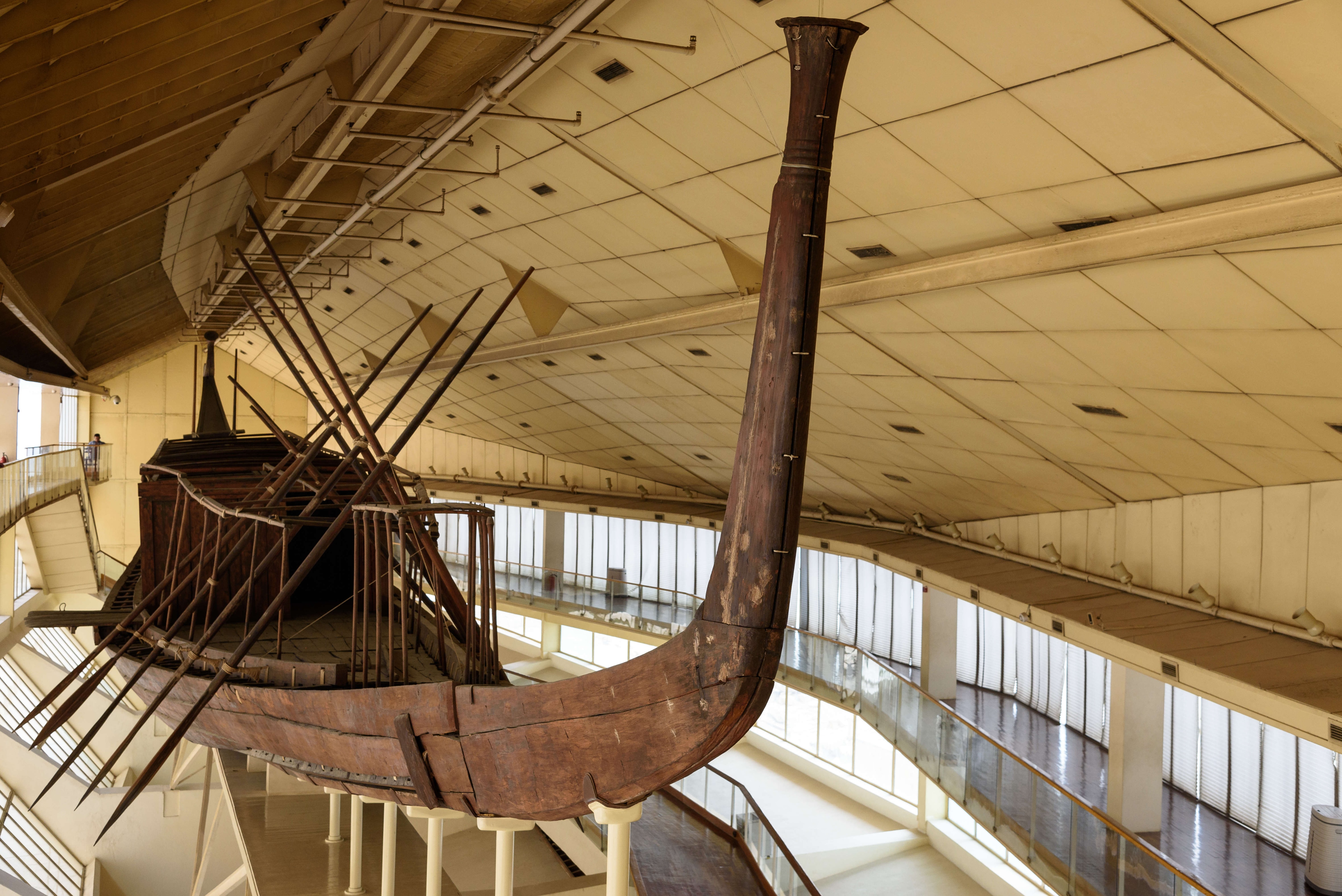Create a free profile to get unlimited access to exclusive videos, sweepstakes, and more!
Sunken city from over 2,000 years ago is like the Egyptian version of Atlantis

From Atlantis to R’lyeh, sunken cities have always fascinated us, even if they are only figments of our imaginations. This one isn’t.
While no one actually lives and breathes underwater in Thonis-Heracleion, it was once a thriving ancient Egyptian port city until wreckage from the temple of Amun knocked it in to the Mediterranean Sea, and earthquakes sealed the city’s fate until it went under completely. It remained in its watery grave for thousands of years.
Thonis-Heracleion (which held on to both its Egyptian and Greek names) was found by underwater archaeologist Franck Goddio and his team from the European Institute for Underwater Arachaeology (IEASM). Now a warship and an entire burial ground have surfaced from the once-glorious city’s ghostly remains. The 2,200-year-old ship does not appear unlike the famous solar barges found in the tombs of Khufu and other pharaohs (above), except this one was not meant for the afterlife. It was a fast galley with sails made to speed through the waves. The burial ground is thought to be even older, dating back 2,400 years.
How did a burial ground end up buried? Even during the period when there were ancient Greek influences on Egypt, first brought by Alexander the Great and seen in imagery (like this) that was dredged up from the bottom of the ocean, people were mummified and buried in tombs rather than six feet under. The tombs were identified by rocks that indicated it was a location for burial. When the city met its demise, its dead sank with it, and along with them the many grave goods and amulets that were supposed to accompany them to the hereafter. One of these was a gold amulet of the Egyptian god Bes (similar to the carving below).
Because Bes was a deity associated with fertility and childbirth, and was also believed to protect pregnant women and young children, it is possible the amulet accompanied a woman who had died in childbirth or a child who had died far too young. The discovery of a pregnant mummy by another team of scientists at a different site proved women would be mummified even in pregnancy. The fetus had not been mummified, but this was probably because it was still unborn and unnamed. The ancient Egyptians believed that it needed to be attached to an entity with a name in order to make it to the afterlife.
Whether there were any more pregnant mummies submerged in this underwater necropolis remains unknown. What is known is that the renowned Greek historian Herodotus was right. There is no doubt he tended to exaggerate in many of his accounts, as he did by claiming the ancient Scythians would smoke some hallucinogenic substance to make them high before a funeral, when the smoke he saw was actually coming from coriander to mask the smell of death. However, he had seen Thonis-Heracleion with his own eyes during the 5th century BC. He just thought a great temple, probably that of Amun, was built when the mythical Hercules set foot in Egypt.
The ship was a rare find. Not many fast galleys from the Ptolemaic period of ancient Egypt have been found. This one was built using a technique that fit the pieces together with pegs and holes better known as mortises and tenons. Once the ship was assembled, it was then secured by drilling holes through the side wall of the mortise and tenon. This type of ship got its its fuel from the manpower of rowers who put every ounce of strength into chasing — or escaping — the enemy. Galleys were the most commonly used ships in naval warfare during the time that Thonis-Heracleion sank.
There is much more still lurking in the depths. Goddio believes that only 5% of Thonis-Heracleion has actually been recovered; he has been involved in an ongoing exploration for over two decades, and its majesty is just starting to be revealed.
Maybe there is a statue of Hercules somewhere, just waiting to wield his superhuman strength again.



























